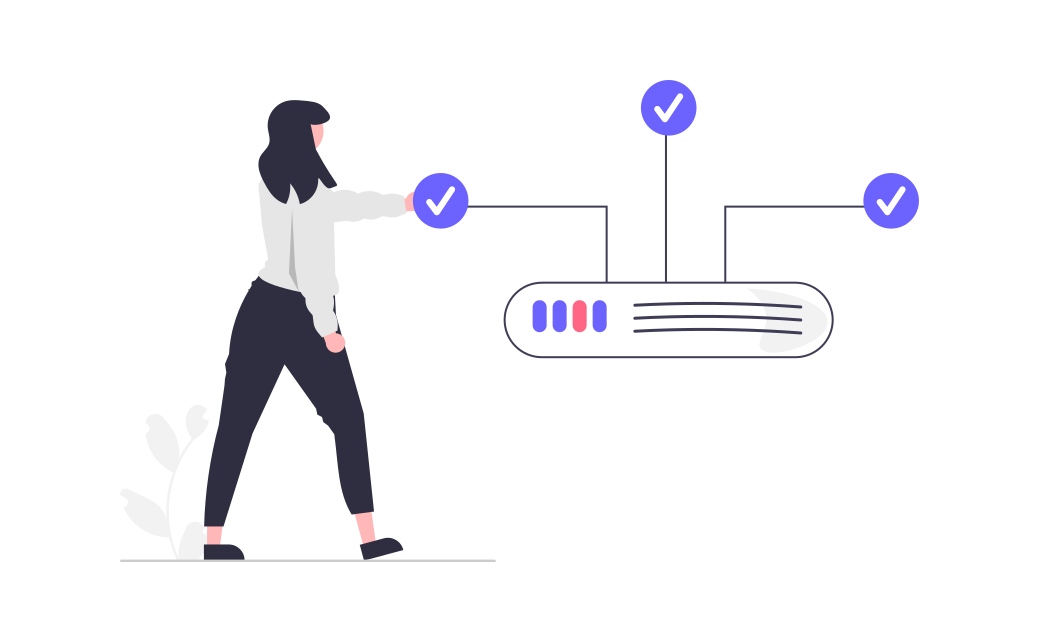In the complex landscape of Account-Based Marketing (ABM), reaching your target accounts across multiple channels isn’t just an option—it’s a necessity. A multichannel approach amplifies your ability to engage with key decision-makers and influencers, ensuring your message resonates no matter where they are in the buyer’s journey. But how do you execute a multichannel ABM strategy that truly makes an impact? The answer lies in careful planning, consistent messaging, and seamless integration.
The Essence of Multichannel Strategies in ABM
ABM is not about casting a wide net but about using a spear. Every interaction should be meaningful, targeted, and personalized. When you integrate multiple channels—like email, LinkedIn, direct mail, and webinars—you’re not just increasing your chances of engagement; you’re creating a cohesive experience that guides your target accounts through a meticulously crafted buyer’s journey.
However, a successful multichannel ABM strategy isn’t just about being present on multiple platforms. It’s about leveraging the strengths of each channel and using them in concert to create a unified narrative that speaks directly to your target accounts.
Crafting a Multichannel ABM Campaign
Step 1: Identify the Right Channels Every channel has its strengths. Email is great for direct communication and detailed content, LinkedIn is ideal for professional engagement, and direct mail adds a personal touch that can break through digital noise. Identify where your target accounts spend their time and choose your channels accordingly. But remember, it’s not about being everywhere—it’s about being where it matters most.
Step 2: Align Your Messaging Once you’ve identified your channels, the next step is to ensure that your messaging is consistent across all touchpoints. Your target accounts should receive a seamless experience, whether they’re reading an email, seeing an ad on LinkedIn, or attending a webinar. This doesn’t mean every piece of content needs to be identical, but the core message should align to reinforce your brand’s value proposition.
Step 3: Design Cross-Channel Workflows A multichannel ABM strategy requires workflows that guide your target accounts from one channel to the next. For instance, you might start with an email campaign that leads to a personalized landing page, which then invites the prospect to connect on LinkedIn or attend a targeted webinar. These workflows should be designed to build on each interaction, gradually moving your target accounts closer to conversion.
Step 4: Leverage Channel-Specific Tactics While consistency is key, each channel also offers unique opportunities that should be leveraged. For instance, LinkedIn offers robust targeting options that allow you to tailor your messaging to specific job titles or industries. Email provides opportunities for segmentation and personalization at scale. Use these channel-specific tactics to enhance your overall ABM strategy and deliver more relevant content to your target accounts.
Step 5: Monitor and Optimize A multichannel approach requires diligent monitoring. Keep a close eye on how your target accounts are engaging across channels. Are they opening your emails but not clicking through? Are they interacting with your LinkedIn posts but not following up on CTAs? Use this data to adjust your strategy in real-time, reallocating resources to the channels and tactics that are driving the most engagement.
The Power of Integration
One of the biggest challenges in multichannel ABM is maintaining a unified view of your target accounts across all channels. This is where integration comes into play. By connecting your CRM, marketing automation platform, and analytics tools, you can create a holistic view of your target accounts’ journey. This not only ensures consistent messaging but also provides valuable insights into how each account is interacting with your brand.
Integration also enables you to track cross-channel engagement more effectively. For example, you can see if a target account clicked on a LinkedIn ad after receiving an email or if they visited your website after attending a webinar. These insights allow you to refine your approach, ensuring that each interaction is building on the last.
Conclusion: The Strategic Advantage of Multichannel ABM
Implementing a multichannel strategy in ABM isn’t just about increasing your reach—it’s about creating a cohesive, integrated approach that guides your target accounts through a tailored buyer’s journey. By carefully selecting your channels, aligning your messaging, and leveraging the unique strengths of each platform, you can create an ABM strategy that not only reaches your target accounts but also resonates with them on a deeper level.
As you refine your multichannel approach, remember that the key to success lies in integration. A well-integrated multichannel strategy ensures that every interaction is part of a larger narrative, one that ultimately drives your target accounts toward conversion.


